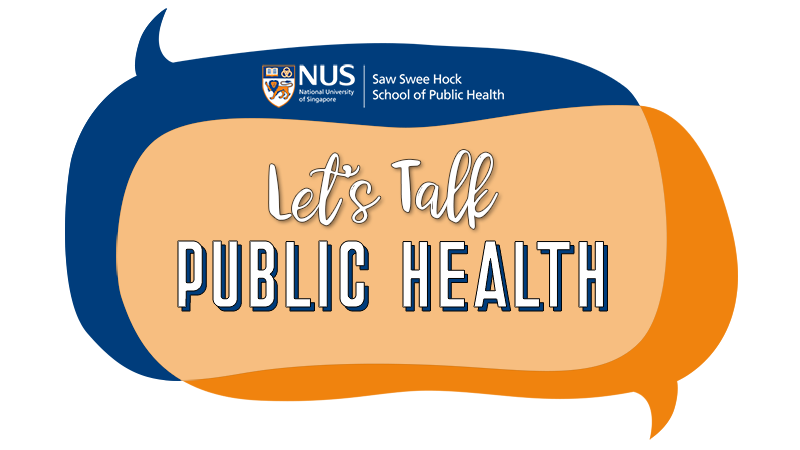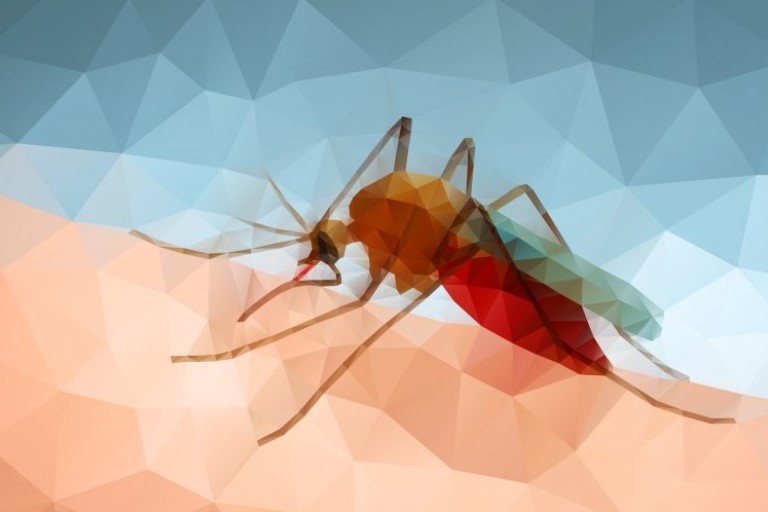Let’s Talk Public Health with A/Prof Norbert Wagner
Associate Professor Norbert Wagner is an occupational health physician who has spent most of the last twenty years setting up training programmes in different countries to build capacity in prevention at the workplace. Norbert also works as a specialist and consultant in occupational health for governments and companies. Yesterday was World Day for Safety and Health at Work, and the International Labour Organization’s 100th anniversary. To commemorate this day, we are shining a light on an often overlooked area: the impact of work on health and well-being. Workers in the formal
Let’s Talk Public Health with A/Prof Norbert Wagner Read More »
Let’s Talk Public Health with Asst Prof Vincent Pang
Celebrated in the last week of April (24–30 April), the World Health Organization (WHO) World Immunization Week aims to promote the use of vaccines to protect people of all ages against disease, and raise awareness of the importance of full immunisation throughout life. This year’s theme is Protected Together: Vaccines Work. The campaign celebrates Vaccine Heroes from around the world — from parents and community members to health workers and innovators — who help ensure we are all protected, at all ages, through the power of vaccines. Today we speak
Let’s Talk Public Health with Asst Prof Vincent Pang Read More »
Let’s Talk Public Health with Dr Cecilia Teng
World #Malaria Day is commemorated every 25 April and recognises global efforts to control malaria. Malaria is caused by the Plasmodium parasite that is transmitted by female Anopheles mosquitoes and often leads to a flu-like illness with fever. If left untreated, it may develop severe life-threatening complications. In 2017, there were 219 million malaria cases and 435,000 malaria deaths worldwide. About 90 per cent of malaria cases are in the World Health Organization (WHO) African region, followed by WHO Southeast Asian region with five per cent of the cases, and WHO Eastern Mediterranean region
Let’s Talk Public Health with Dr Cecilia Teng Read More »
Making sense of the debate on Singapore’s ban on e-cigarettes
Singapore adopts a harm restriction approach in its tobacco control, including limiting the places where one can smoke, taxation, advertising bans, and more recently, raising the minimum legal age for smoking and introducing standardised packaging of tobacco products. While these measures reduced smoking rates 50–60 years ago, the proportion of smokers has remained stagnant in recent years. “Perhaps the answer lies in harm reduction strategies, a well-accepted and established approach in public health,” said Professor Chia Kee Seng, Founding Dean. Harm reduction tools include nicotine patches, low-tar cigarettes, and more recently,
Making sense of the debate on Singapore’s ban on e-cigarettes Read More »
The road to Workplace Safety and Health excellence by 2028
Singapore aims to become one of the top countries with the safest and healthiest workplaces by 2028. Workplace fatal injury rates here have fallen from 4.9 per 100,000 in 2004 to 1.2 in 2017 and 2018, the lowest ever recorded. The target now is to reduce this further to below 1.0 per 100,000 workers by 2028, a safety level that has been achieved by only four OECD countries on a sustained basis (United Kingdom, Germany, the Netherlands and Sweden). Earlier this month, the Ministry of Manpower announced its strategies for
The road to Workplace Safety and Health excellence by 2028 Read More »
Using Artificial Intelligence on the medical frontline
The application of artificial intelligence (AI) in the medical field is an emerging topic of interest, but it is already in practice in China where the use of AI on the medical frontline has reduced the burden on overworked doctors, in turn improving diagnostic efficiency and allowing for more time spent with patients. The technology is used mostly for medical imaging, such as in radiology departments to read CT scans or MRIs. The AI is fed with 10 years’ worth of data from diverse patient cases where it learns to
Using Artificial Intelligence on the medical frontline Read More »
Let’s Talk Public Health with Adj A/Prof Jeremy Lim
#WorldHealthDay falls on 7 April and its main theme is Universal Health Coverage (UHC), the number one goal for the World Health Organization (WHO). Today we talk to Adjunct Associate Professor Jeremy Lim, who has an in-depth knowledge of the Singapore healthcare model and gives us his reflections.
Let’s Talk Public Health with Adj A/Prof Jeremy Lim Read More »
What more can be done to eradicate TB in Singapore?
Tuberculosis (TB) is one of the top 10 leading causes of death worldwide and remains an epidemic in most countries, including Singapore. To commemorate World TB Day on 24 March, Associate Professor Hsu Li Yang, Programme Leader (Infectious Diseases), and Dr Loh Kah Seng, Director of Chronicles Research & Education, shared about the current state of TB in Singapore, as well as what more can be done to eradicate the disease. Among residents and long-staying foreigners in Singapore, the rate of new TB cases had fallen from 307 per 100,000
What more can be done to eradicate TB in Singapore? Read More »
Let’s Talk Public Health with Asst Prof Rick Ong
Tuberculosis (TB) is a serious bacterial infection which is spread through inhaling tiny droplets from the coughs or sneezes of an infected person. TB mainly affects the lungs, and is treated with antibiotics. Each year, World Tuberculosis Day falls on 24 March, the date in 1882 when Dr Robert Koch announced that he had discovered the bacterium that causes tuberculosis. Technology has dramatically moved forward since the early identification of the bacterium by Dr Koch over 130 years ago. Assistant Professor Rick Ong‘s research group is working on a project
Let’s Talk Public Health with Asst Prof Rick Ong Read More »










